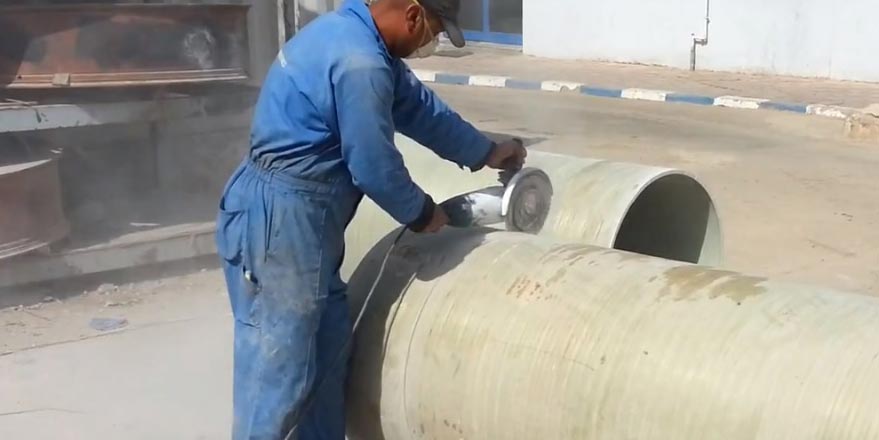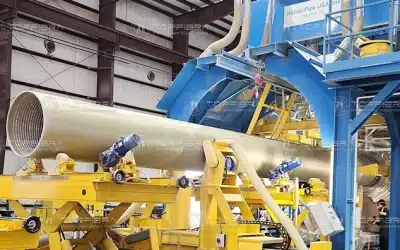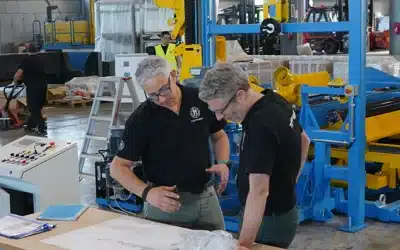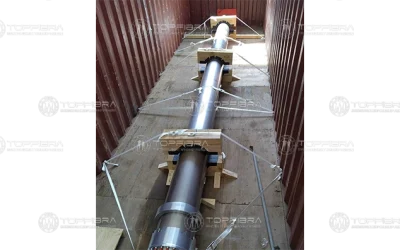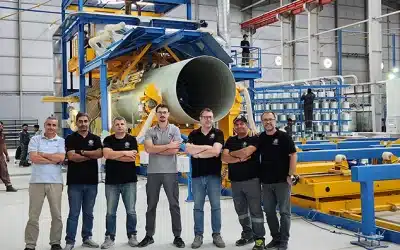One of the main continuous activities performed in the process of preparation and manufacturing of GRP fittings is the manual cutting of the respective components.
As I explained in the previous post, the cutting of large diameter GRP pipes for the manufacturing of fittings has always been a complicated and lengthy affair, and is therefore one of the most expensive, labour-intensive stages in the supply of GRP pipelines.
Honestly, during my visits to different GRP plants all over the world, I have always seen the Fitting Department as the “dark side” of the GRP manufacturing.
Only due to low efficiency? Unfortunately not. There is another “dark side” to the Fitting Department, namely four hidden dangers associated with the manual cutting of GRP components for fittings:
1. Difficulties in the assembly of components of fittings due to uneven cuts:
GRP pipes with unevenly cut ends and cutouts are difficult to align and position. The process to close the gaps is difficult and time-consuming, especially for big diameters, often causing resin to drip inside the pipe and causing the movement of pre-assembled pieces, all resulting in the extension of time taken for the assembly.
2. Dust generation:
When workers cut, chop, saw or trim Fiberglass, the dust produced contains small fibers. These fibers can come into contact with the skin and eyes, increasing the risk of serious health problems for everyone. The possible harm that the dust may cause is mostly determined by the amount of dust present in the air and the time of exposure to it. Anyone who is exposed to high levels of fiberglass dust may be affected – the longer you breathe in the dust, the greater is the chance that it will affect your health.
3. Health hazard:
When a person inhales fiberglass, larger glass particles may be trapped in the upper airway. Smaller fibers may be inhaled deep into the lungs. Inhaled fibers are excreted from the body partially through sneezing or coughing, and partially through the body’s defense mechanisms. Fiberglass that reaches the lungs may remain in the lungs or the thoracic region.
4. Risk of injury:
Manual cutting of GRP pipes is a cause of a large proportion of work-related injuries and long-term health problems in manufacturing plants.
The fact is that you wouldn’t knowingly breathe in polluted air every day or set out to ravage your lungs or eyes, willingly intending to endanger your health. Of course not.
Nevertheless, the powder coming from the cutting of a GRP pipe is a “poison” for lungs and eyes. During manual cutting, the body requires more oxygen and the respiratory system needs to work faster due to the effort, causing the lungs to act as a sponge…absorbing the dust in the air.
There were several studies published in the British Journal of Industrial Medicine that explored the pulmonary effects of exposure to fine fiberglass, and the conclusion was that the exposure to fine fiberglass appears to produce human disease that is similar to asbestosis.
There is also evidence that fiberglass dust presents other problems, such as irritations of the eyes, skin or respiratory tract. The mechanical action of the fibers scraping against skin may cause a condition known as dermatitis.
Moreover, the effects are aggravated if a person suffers from any of the following:
- asthma,
- sinus conditions,
- allergies,
- skin conditions.
If you could completely change the cutting operation, making it safe, hazard-free and at the same time rapid, precise and repetitive, would you not do it?
You can make your cutting operation for fittings safe, hazard-free, rapid and precise. Not only can you remove from your fitting production the task of manual cutting of GRP, as well as dust generation and related health hazards, but you can also avoid the complicated marking of pipes, expensive cutting blades and uneven cutting.
Simple, highly effective and reliable.
Are you wondering how to get the below listed benefits?
- Dust generation controlled by the water spray system.
- Unlike manual cutting, the operator does not need to be in the cutting zone.
- The machine operator stands at a secure distance from the cutting area during the fitting manufacturing.
- No risk of making uneven cuts, eliminating the need to repeat the procedure.
To read more about how to eliminate the four hidden dangers and increase the efficiency of your fitting manufacturing by more than 50%, click on the button below.
